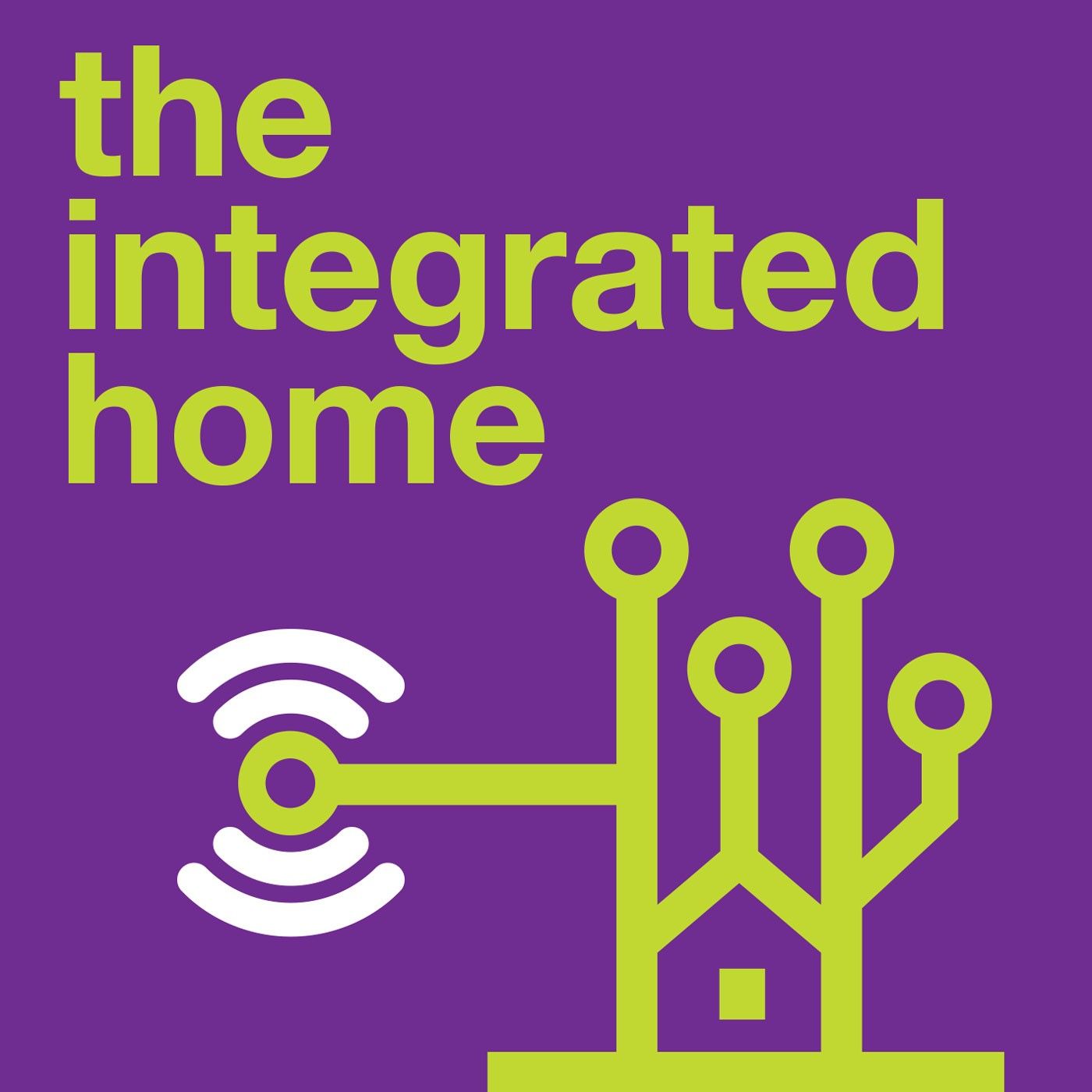Drive for spectacle pushes lighting & staging technology


One technology increasingly used in live events is performer tracking. These systems allow lighting and visual effects to follow the performers precisely on stage, or ensure that the movement of stage elements and the location of audio matches the performers’ actions. For example, on their 2023 tour, French Pink Floyd tribute act So Floyd used beaconless, AI-assisted 3D tracking technology (K SYSTEM from Naostage) to automate follow-spots and automatically trigger lighting cues. The use of this cutting-edge solution is especially apt when one considers how pioneering Pink Floyd themselves were in their use of stage technology throughout their career, starting with psychedelic light shows and use of gel effects, and later using lasers, film projections, and even elaborate physical stage sets.
Illumination technology is moving forward, with laser phosphor light sources for stage work being a current area of development. This operates on the basis of laser diodes producing blue light that is shone on to a rotating wheel covered with yellow phosphor. Lighting manufacturers, including Ayrton, are using this technique together with LED engines to produce more concentrated light beams.
LED video walls are an important element in live productions, enabling not only live relays of the main performance to be screened to the whole auditorium but also specially created images and effects that synchronise with and enhance the music. These can additionally support augmented reality (AR) segments, along with 3D illuminations that create virtual sets and backdrops. The world’s largest LED stage screen is at the Las Vegas Sphere; over 110m high and 150m wide, the curved display immerses the audience – and potentially dwarfs the performers!
Projection mapping is frequently used for spectacular location-based shows – such as projections on Barcelona’s Casa Batlló during ISE 2023 and 2024. Overlaying video on to buildings or other physical objects can change their appearance dramatically, making it a powerful and engaging storytelling tool. In addition to high-brightness projectors, mapping projects generally require specialised software and powerful media players to handle the processing, alignment and playback of the projected content.
For many years, pixel mapping has been used to display bitmapped images or low-resolution video on a fixed array of lighting fixtures or LEDs. A more recent evolution of pixel mapping occurred on Taylor Swift's record-breaking Eras Tour. The audience were brought into the performance by wearing PixMob LED wristbands, programmed to light up in time to the music. These devices have been used by other artists including Coldplay and the Weeknd, and were also worn by the 70,000-strong audience at the 2024 Olympic Games Closing Ceremony in Paris.
The extravagant Eras Tour shows also relied on LED video walls, fire effects and special set pieces, including the singer diving through a trap door while video screens created the illusion that it was into water.
In recent years, the pixel mapping concept has expanded on an epic scale with the advent of drone light shows. Here each pixel is mounted on a drone and can change colour, brightness and position according to pre-programmed instructions. Drone shows can be staggeringly complex – the world record is 5,293 drones used in a single performance – and the envelope is continuously being pushed in terms of what can be achieved.



)
)
)
)
)
)
)
)
)
)
)
)
)
)
)
)
)
)
)
)

)
)
)
)
)
)
)
)
)